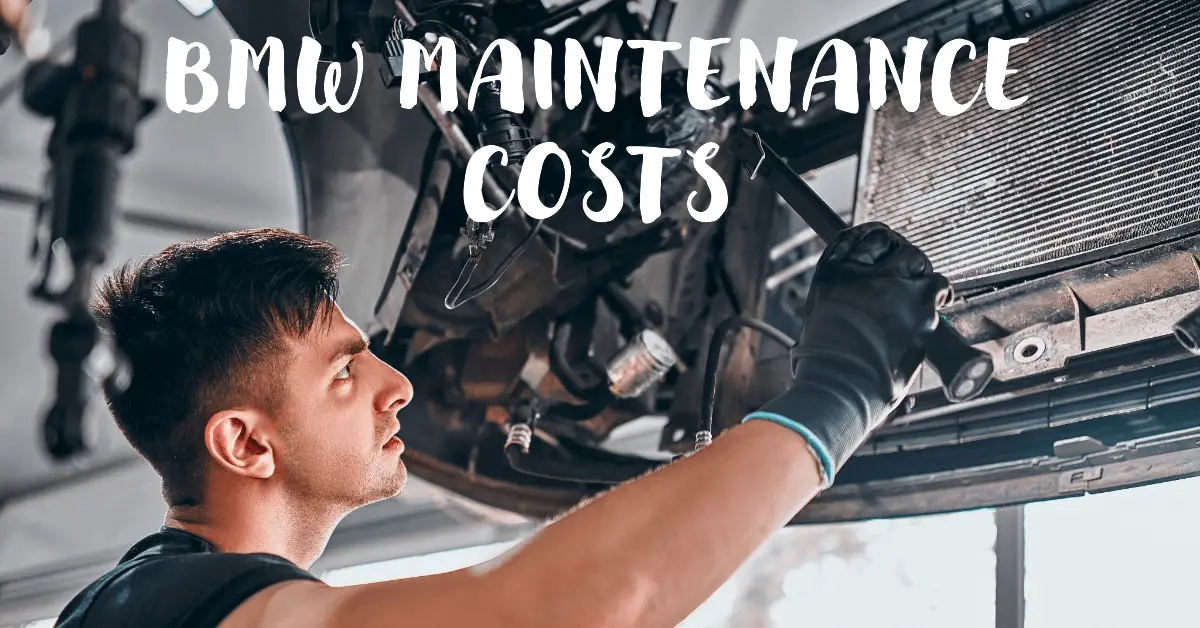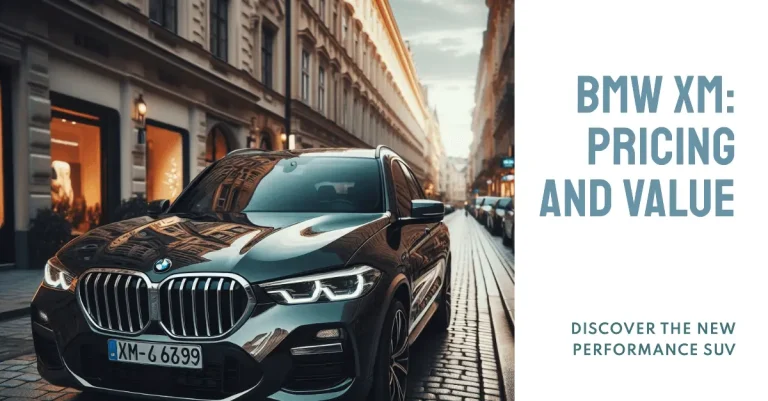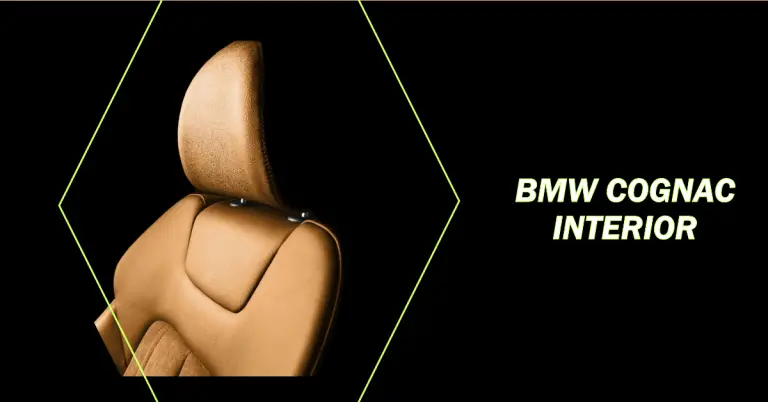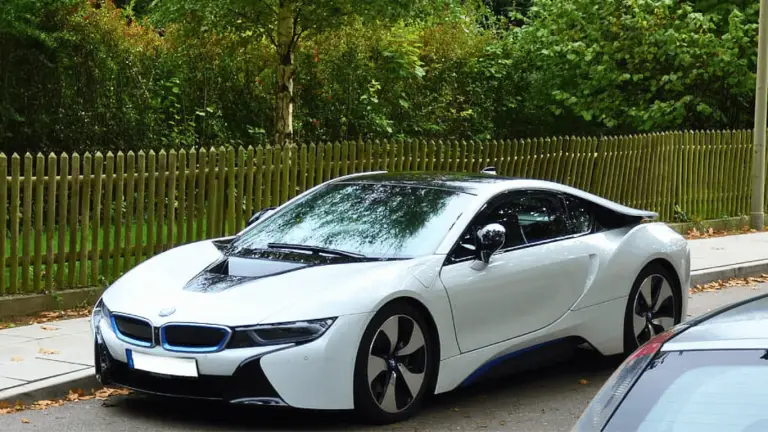Are BMWs Expensive to Maintain? A Comprehensive Analysis
BMW is synonymous with luxury and performance. Their sports sedans and SUVs offer incredible driving dynamics unmatched by many other brands. But many car shoppers have hesitated to take the plunge into buying a BMW due to one key question – are they expensive to maintain?
The short answer is yes, BMWs are generally costlier to maintain compared to other non-luxury brands. However, when compared to rivals like Mercedes-Benz and Audi, BMW is on par in terms of maintenance and ownership costs.
In this comprehensive guide, we’ll take an in-depth look at the key factors that contribute to the cost of maintaining and owning a BMW including:
- Average maintenance and repair costs
- Parts pricing
- Warranty coverage
- Depreciation
- Expert reviews and studies
- Tips to minimize expenses
By understanding these key cost factors, current and future BMW owners can get a realistic perspective on the overall cost of ownership. Let’s dive in!
Do BMWs Have Above Average Maintenance Costs?
Independent studies and surveys of repair bills consistently show that BMW vehicles have higher maintenance costs compared to the average for all vehicles.
Some key examples from reputable automotive research organizations:
- A 2021 study by Consumer Reports compiled repair data for over 2000 vehicle models. BMWs had an average repair cost of $1,081 per year over the first 10 years. This was more than double the average repair cost of $652 across all vehicle makes.
- RepairPal’s 2021 study analyzed maintenance costs for top brands over 10 years/120,000 miles of ownership. They found the average for BMWs was $17,800. This was significantly higher than brands like Toyota ($5,500) and Honda ($7,500). However, BMW was on par with other luxury brands like Mercedes ($19,000) and Audi ($18,200).
- Edmunds’ 2021 True Cost to Own study looked at expenses over 5 years. They found the average cost for maintenance/repairs on BMWs was $5,900 which was higher than mainstream brands but similar to Mercedes ($6,000) and Audi ($5,300).
So while BMWs are more expensive to maintain compared to regular cars, they are consistent with rival luxury brands which also command higher repair bills.
The higher BMW maintenance costs apply across a range of common repairs and services like:
Oil changes – Regular oil changes are essential for any car but especially important for BMW engines. Dealerships charge around 2-3x more than standard shops. Expect to pay $150+ per interval at the dealer.
Brakes – High performance brake pads and rotors wear quicker on BMWs. Replacement at dealers averages $800 – $1200 per axle.
Tires – Their powerful engines demand premium tires designed for speed and handling. A set of 4 can cost $800 – $2000+ from BMW.
Batteries – The advanced electronics in BMWs require a powerful battery rated specifically for their vehicle. Dealership prices range from $200 – $500+.
Scheduled maintenance – BMW has comprehensive factory recommended maintenance schedules with 30+ services in the first 6 years/100k miles. And dealerships charge a premium for each visit.
Overall, from small items like wiper blades to major repairs like transmission rebuilds, everything costs more on a BMW compared to a mainstream brand. Their engineers have designed complex, highly engineered vehicles with tighter tolerances and premium components. This comes at a cost when maintenance is required.
Why are BMW Parts More Expensive?
The main reason maintenance and repairs are pricier for BMWs comes down to parts cost. BMW original equipment manufacturer (OEM) parts sourced from the dealership are significantly more expensive than aftermarket or used parts.
Here are some of the key reasons why BMW OEM parts cost more:
Engineered by BMW – Parts are designed and produced specifically for BMW vehicles by the company. This results in higher manufacturing and sourcing costs than generic aftermarket parts.
Complexity – BMW engines, transmissions and electronics incorporate complex engineering and tight tolerances. This sophisticated design requires higher grade materials and construction.
Limited availability of aftermarket parts – Many common maintenance items like filters, brake pads, and batteries can be purchased cheaply from aftermarket manufacturers for regular cars. Far fewer companies produce parts for BMWs so OEM is sometimes the only option.
Advanced technology – Their engine components, sensors, electronics, and onboard computers are on the cutting edge of auto technology which comes at a premium price.
Dealership markup – OEM parts sourced from the dealership often include a hefty markup, especially for European luxury brands. Independent shops can source wholesale BMW parts for lower prices.
No used parts inventory – BMW doesn’t allow dealerships to sell customer used parts. These can sometimes be obtained from recyclers/scrap yards but inventory is low for newer models.
For example, a cabin air filter for a 3-series costs around $40 from aftermarket brands but over $100 for a BMW OEM version from the dealer. This price premium applies across oil filters, brake pads, batteries, and more. While OEM parts ensure perfect fit and function, their high prices impact the cost of ownership.
Independent BMW repair shops that source wholesale parts can provide slight savings on parts. But BMW’s complex engineering limits how cheap parts can get relative to more common vehicles.
How Good is the BMW Warranty?
For a new BMW buyer, the included manufacturer warranties provide coverage and protection for the first few years of ownership. But once they expire, owners are on the hook for all repair bills.
Here’s an overview of what BMW’s new vehicle warranties include:
Bumper to Bumper Warranty – Covers any factory defects or mechanical issues for 4 years/50,000 miles from when the vehicle was first sold as new. This protects virtually the entire vehicle except for wear items like brakes and tires.
Powertrain Warranty – Covers the engine, transmission, and drivetrain for 4 years/50,000 miles. Offers protection against expensive issues like transmission failure or engine problems.
Rust Perforation Warranty – Covers any sheet metal that rusts through from the inside out for 12 years regardless of mileage. Provides coverage against a major problem on the vehicle frame or unibody.
Roadside Assistance – Provides flat tire changes, towing, jump starts, and lock-out assistance for 4 years/unlimited miles.
The BMW warranties are on par with other luxury brands like Audi (4 years/50k miles) but fall slightly short of Mercedes-Benz (4 years/50k miles bumper to bumper and 5 years/75k miles powertrain).
Once the 4 years/50k miles coverage expires, BMW owners are responsible for all repair costs out of pocket or through extended warranty purchases. Some common issues like oil leaks, electrical faults, climate control problems often arise after this period, so the cost of ownership increases.
What’s Not Covered – Like all warranties, BMW’s exclude wear items, maintenance, and damage from accidents, modifications, or improper use. Tires, brakes, wheel alignment, filters, and damage from a crash are key examples of what you’ll pay for.
Overall the BMW new car warranty provides decent protection from major mechanical defects for the first few years. But the short time frame and mileage limits mean owners need to be prepared to cover repair costs after expiration. Extended warranties help mitigate post-warranty risks.
What is the Depreciation Curve of a BMW?
Depreciation – or the loss of value over time – is a major cost factor for any car buyer. But luxury vehicles like BMWs depreciate more quickly in the first 5-10 years of ownership.
According to CARFAX data, the average BMW will depreciate about 60% in the first 5 years. This means a $60,000 new BMW would be valued around $24,000 just 5 years later. They lose value quickest in the first 1-3 years.
Kelley Blue Book’s 5-Year Cost to Own study factors in depreciation. Here’s how they break down BMW’s depreciation:
- Year 1: 27% depreciation
- Year 2: 18% depreciation
- Year 3: 15% depreciation
- Year 4: 12% depreciation
- Year 5: 9% depreciation
After the initial big drop in years 1-3, the depreciation curve flattens out somewhat. But buying a BMW new versus 3-5 years old can save tens of thousands after accounting for the rapid depreciation.
Various factors also affect an individual BMW model’s depreciation including:
- Mileage and condition – Higher mileage and wear will significantly lower resale value. Proper maintenance helps maximize value.
- Modifications – Customizations and aftermarket parts usually decrease value for most buyers. Bone stock is ideal.
- Crashes and damage – Even minor accidents must be disclosed and lower value. A clean CARFAX helps.
- Demand and desirability – More popular models like 3-Series hold value better. Unique editions and M models also fare better.
So while poor resale value affects all luxury cars, the higher-than-average depreciation of BMWs contributes significantly to the overall cost of ownership, especially for original owners.
Expert and Owner Reviews on Owning a BMW
To complement the objective data on maintenance and depreciation costs, it’s helpful to examine what experts and owners say about the real-world experience of operating these vehicles long term. Here are some key thoughts:
Common Owner Complaints
- Expensive and frequent repairs after warranty expiration
- Electrical gremlins difficult to diagnose
- Oil leaks from engine and gaskets
- Advanced technology issues like Bluetooth bugs or software glitches
Expert Analysis
Many experts acknowledge BMWs have higher than average maintenance bills but offer tips to reduce costs:
- Buy used to avoid rapid depreciation of new models
- Learn to DIY basic maintenance items like brakes, filters, batteries
- Use independent shops instead of dealerships
- Stick to factory recommended service schedule
- Consider certified pre-owned with extended warranty
Ways to Minimize Expenses
- Enroll in a BMW maintenance plan to cap repair costs
- Extend warranty coverage before it expires
- Sell before major issues develop as car ages
- Keep mileage low to maximize value
- Follow all factory maintenance requirements
In general, BMW owners and experts agree these vehicles demand more maintenance investment, but note that smart strategies can reduce the long-term costs of ownership.
Conclusion: Plan for Higher Costs, But BMWs Can Be Affordable if Maintained Properly
The data clearly shows that BMW vehicles are more expensive to maintain and own compared to mainstream brands. But they remain similar in overall costs to rival European luxury vehicles when accounting for depreciation, repairs, insurance, fuel, and fees.
For potential BMW buyers, having realistic expectations about the higher costs allows you to plan and budget accordingly. And employing smart ownership strategies helps increase affordability.
Maintenance costs can be reduced by:
- Using independent shops for repairs
- Learning to DIY basic maintenance
- Buying quality aftermarket or used parts
- Following factory service schedule
Depreciation costs are lower by:
- Purchasing a 3-5 year old used model
- Keeping mileage low
- Keeping vehicle in flawless condition
- Selling before expensive repairs arise
Even with elevated costs, owning a BMW still represents an affordable entry into luxury and performance for many drivers. Their renowned driving dynamics, luxurious cabins, and brand cachet maintain their appeal and loyalty from owners even after the new car honeymoon period expires.
By combining savvy ownership practices with a passion for BMWs, the higher costs can be mitigated for an overall enjoyable and exciting ownership experience.







